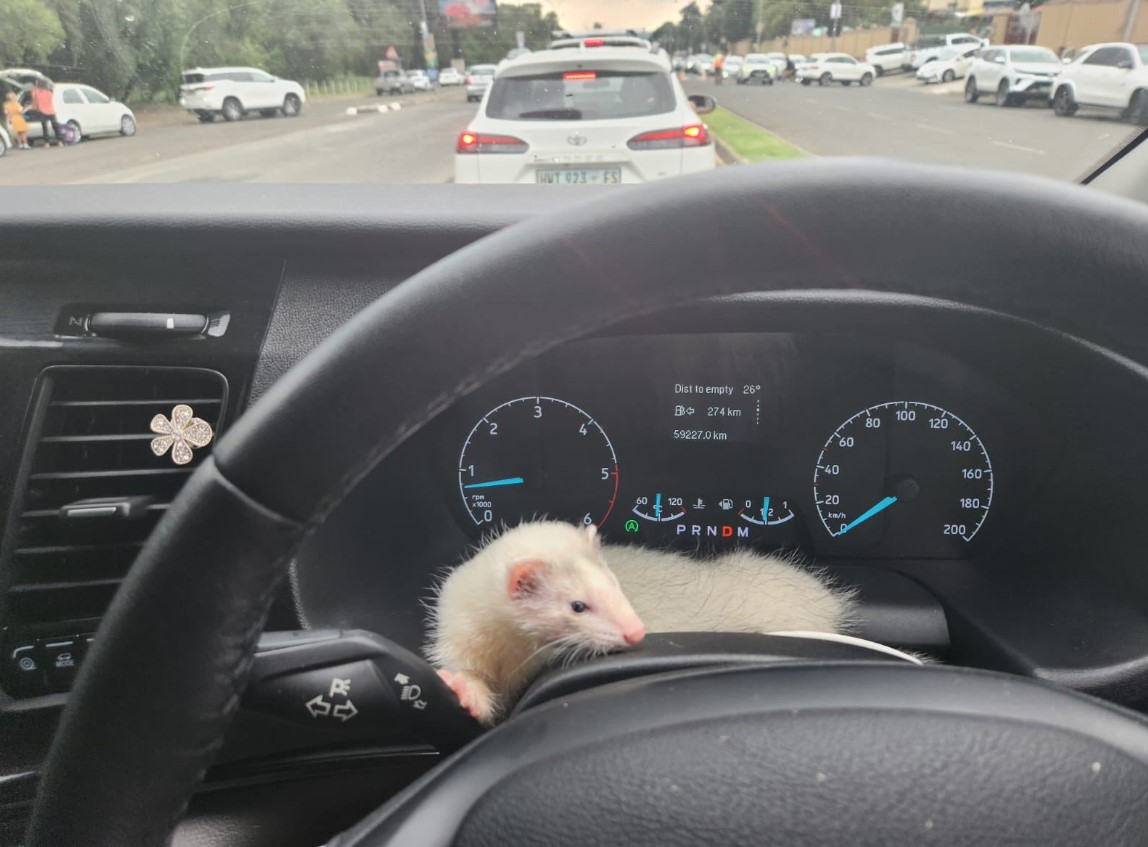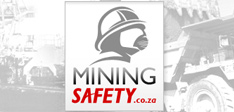Travelling with your furry friend can make any trip more enjoyable. However, many drivers are still unaware of the legal and safety responsibilities involved.
South African road laws do not specifically mandate pet restraints when driving with pets, but there are general traffic regulations to consider. Failing to follow the guidelines can put drivers, passengers, and animals at risk.
Here’s what you need to know to ensure a safe and legal journey with your pet.
Is It Illegal to Drive with Pets Unrestrained in South Africa?
South Africa does not have a law that explicitly requires pets to be restrained in vehicles. However, the National Road Traffic Act (NRTA) Regulation 308 (1) states:
“No person driving or having a vehicle on a public road shall (c) permit any person, animal or object to occupy any position in or on such vehicle which may prevent the driver thereof from exercising complete control over the movements of the vehicle or signalling his or her intention of stopping, slowing down or changing direction.”
In other words, allowing a pet to sit on your lap, move between seats, or stick its head out of the window could distract the driver. And you could face a fine or penalty if a traffic officer deems your pet’s position unsafe.
The Road Traffic Management Corporation (RTMC) also warns that unrestrained pets pose significant risks in accidents. In a sudden stop or crash, an unsecured animal can be thrown forward, potentially causing severe injury or death.
The Risks of Driving with an Unrestrained Pet
Allowing pets to roam freely inside a moving vehicle may seem harmless, but the risks are plenty, and your four-legged friend can become a safety hazard.
Distractions for the Driver
A pet moving around inside the car can divert the driver’s attention from the road and surrounding traffic.
Increased Risk of Injury
A pet that’s not properly secured can be thrown from the car in an accident.
Airbag Hazards
If a pet is in the front seat, an airbag deployment could result in serious or fatal injuries.
Physical Interference
A pet jumping onto the driver’s side footwell could inhibit braking or acceleration.
Best Practices for Safe Travel with Pets
To ensure a safe journey, follow the recommended guidelines below.
1. Use a Secure Car Seat or Carrier
Small pets should travel in a secure carrier. Larger pets should wear a harness attached to a seat belt or be confined using a pet barrier.
Seat belts exist to protect drivers and passengers in case of sudden braking, and pets need similar protection to prevent injuries during abrupt stops. Introducing these restraints when your pet is still a kitten or puppy will help your pet get used to them.
2. Never Leave a Pet in a Parked Car
On a warm day, temperatures inside a parked car can rise to dangerous levels within minutes – even with the windows slightly open. Heatstroke happens fast and may be fatal. If you cannot take your pet inside a venue, it’s best to leave them at home.
3. Keep Your Pet’s Head Inside the Car
While your pup may enjoy sticking his head out of the car window, this is extremely dangerous. Flying debris, unexpected braking, or sudden manoeuvres could cause serious injuries or fatalities. If you need ventilation, open the window just enough to allow airflow without putting you and your pet at risk.
4. Carry an Emergency Aid Kit
When your furry companion travels by car, keep a first aid kit and the following pet-specific items.
- Bandages and antiseptic wipes
- A spare leash and collar
- Emergency phone numbers for a vet
- A water bowl and extra water
- Your pet’s medical records
- Your pet’s identification tag – ensure it’s up to date in case they escape.
5. Plan Feeding and Stretch Breaks
It’s important to time your journey well. Feed your dog before travelling, but allow some time for digestion before hitting the road. On longer trips, remember to make regular stops so they can stretch, drink water, and relieve themselves.
Travelling Across International Borders with Pets
You must have the correct documentation if you plan to cross the South African border while travelling by car. Border authorities require varying documentation, so remember to research what’s needed thoroughly beforehand.
Most neighbouring countries mandate proof of rabies vaccination when crossing the border with your pet. A health certificate from your pet’s veterinarian stating that your pet is healthy and fit for travel is also commonly required.
It’s best to check entry requirements well in advance, as regulations vary between countries.
The Importance of Car Insurance When Travelling with Pets
Even the most cautious drivers can end up in unexpected situations on the road. Remember, you need adequate car insurance for financial protection against car damage and theft and your peace of mind.
For affordable car insurance that’s reliable and meets your needs, get an online quote in just a few minutes.

Disclaimer
The article aims to provide South African motorists with information about driving with pets and relevant road laws. However, it’s not a complete list, so always do your own independent research.
Get a quote for affordable Comprehensive car insurance for fixed premiums*, reducing excess*, and top-tier service. T&Cs apply.
Always get professional financial advice from a certified financial advisor to ensure you select the appropriate financial services product.


























